English Ivy Root System
English ivy root system. Once the roots are started they begin to develop and grow into a deep root system that covers the entire area that the plant covers. If buying a new English Ivy plant remove from the pot and make sure it has a good root system. Ivy is able to do this by an aerial root system.
English ivy is evergreen very tolerant of shade and will grow in full sun. English Ivy will take cool temperatures. English ivy adapts to almost any amount of light from full sun to full shade.
How to Propagate Ivy. Ivy is a tough plant to kill because it is naturally reliant will grow back from a small section of root and the leaves are coated with a wax like substance that makes it hard to penetrate. For the best results you need to select a herbicide uses glyphosate imazapyr triclopyr.
The secret to rooting ivy vines is in the cutting and care you give them during the rooting process. In woodlands English ivy frequently forms a dense ground cover that may occupy large areas made up of numerous individuals 97. Use a clean pair of shears or a sharp knife.
Roots should almost fill the pot. These root structures release a sticky substance that allows the ivy to climb up a variety of surfaces pr eferably ones that are rough and porous such as tree bark. English Ivy is a super climber that grows aerial roots to grow and cling to objects.
These root structures release a sticky substance that allows the ivy to climb up a variety of surfaces pr eferably ones that are rough and porous such as tree bark. The symptoms of Rhizoctonia root rot on English ivy are similar to those observed with Phytophthora and Fusarium as seen in Figure 5 although Rhizoctonia is typically not as common. This means that you will need to trim the ivy back to contain it to its desired area.
Because English Ivy is so mobile it does not have an extensive root system. Break up the soil just a little at the bottom and place in the hole firmly filling in the hole with the original soil.
In woodlands English ivy frequently forms a dense ground cover that may occupy large areas made up of numerous individuals 97.
English Ivy can climb to heights of 80 feet and will strangle out trees bushes and anything growing in its path. An English ivy Hedera helix can be propagated by stem cuttings. English ivy adapts to almost any amount of light from full sun to full shade. The symptoms of Rhizoctonia root rot on English ivy are similar to those observed with Phytophthora and Fusarium as seen in Figure 5 although Rhizoctonia is typically not as common. English Ivy is a super climber that grows aerial roots to grow and cling to objects. Because English Ivy is so mobile it does not have an extensive root system. Common ivy sometimes called English ivy European ivy or just flat out ivy. Ivy is a tough plant to kill because it is naturally reliant will grow back from a small section of root and the leaves are coated with a wax like substance that makes it hard to penetrate. English ivy Hedera helix.
When potted ivy becomes top-heavy root-bound or dries out more quickly than normal it needs repotting notes the American Ivy Society. Roots and stems will slough off when handled. English ivy plants will appear wilted. In woodlands English ivy frequently forms a dense ground cover that may occupy large areas made up of numerous individuals 97. The temperatures are going to get really high indoors its a good idea to make sure that you protect the soil in the root system with a bit of extra mulch. The secret to rooting ivy vines is in the cutting and care you give them during the rooting process. Put ivies into slightly larger pots just large enough to hold the roots.
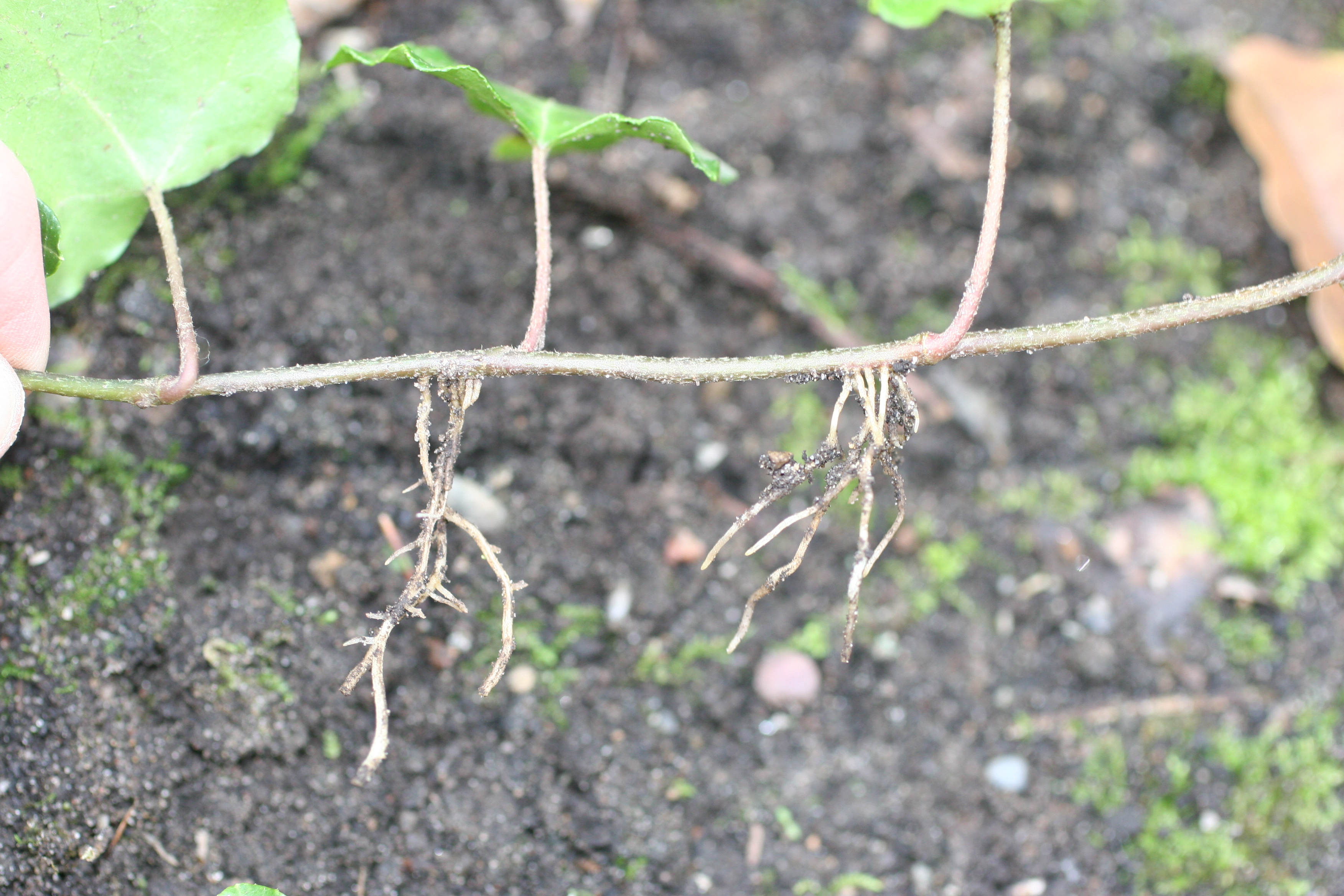






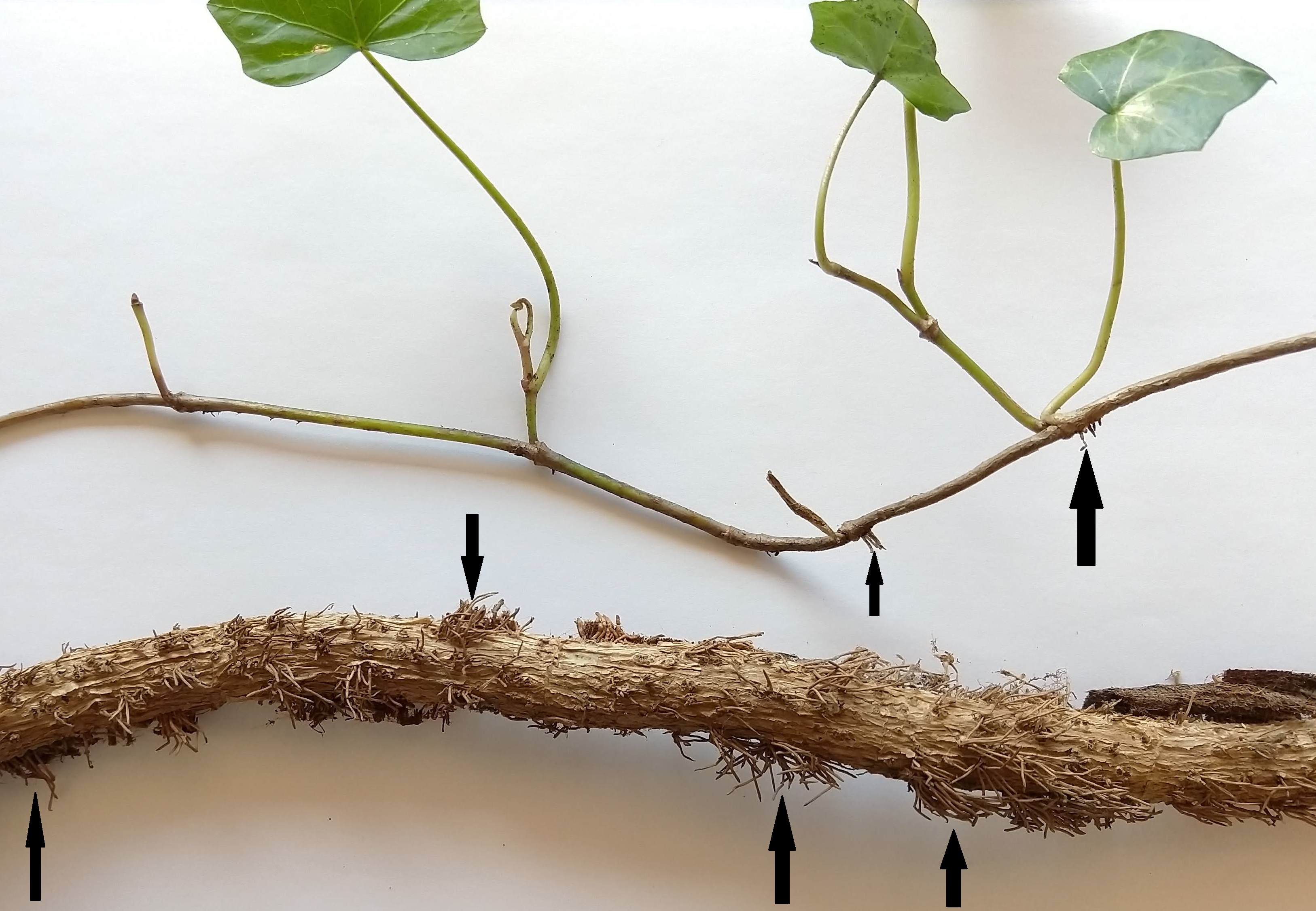

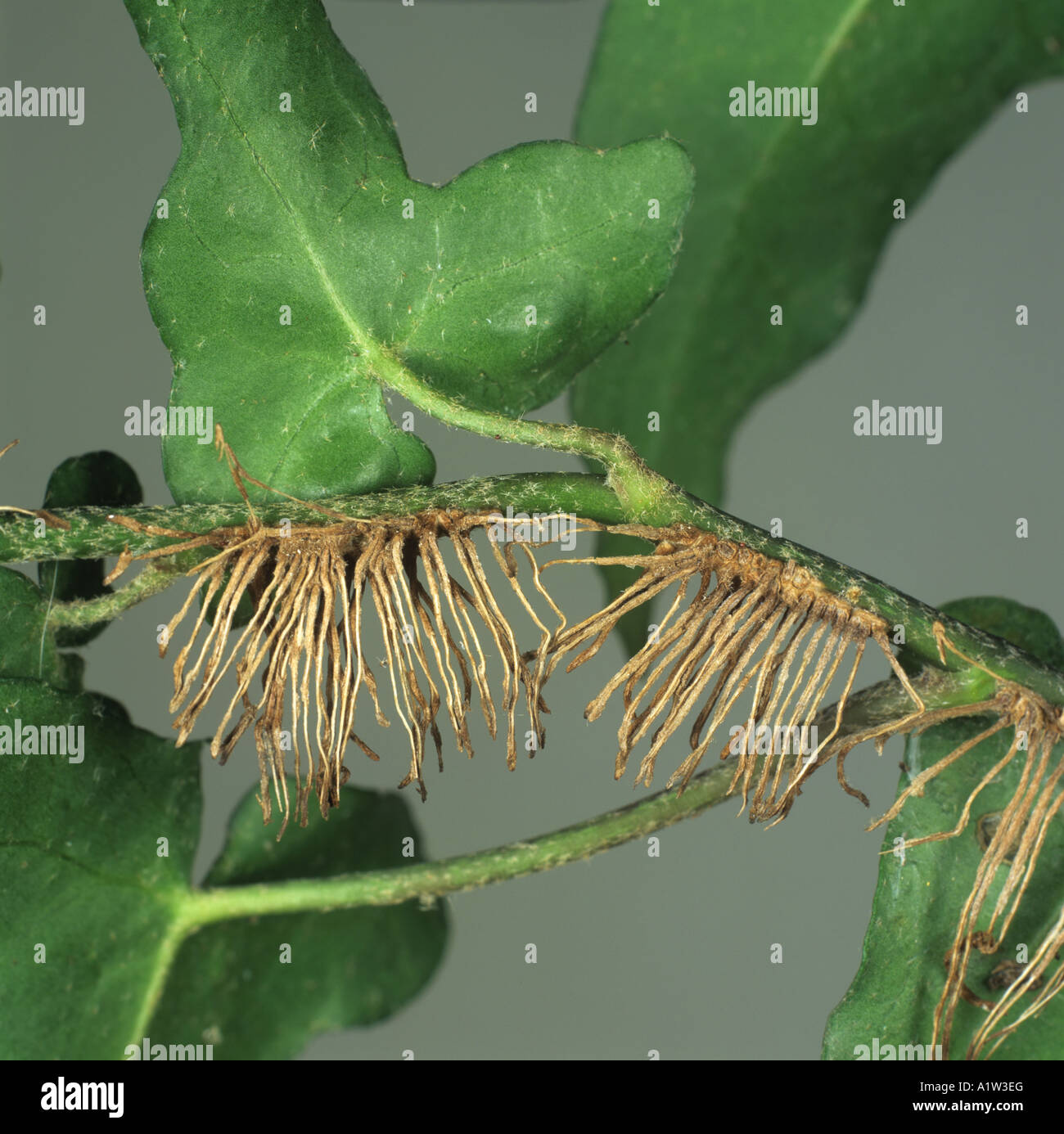
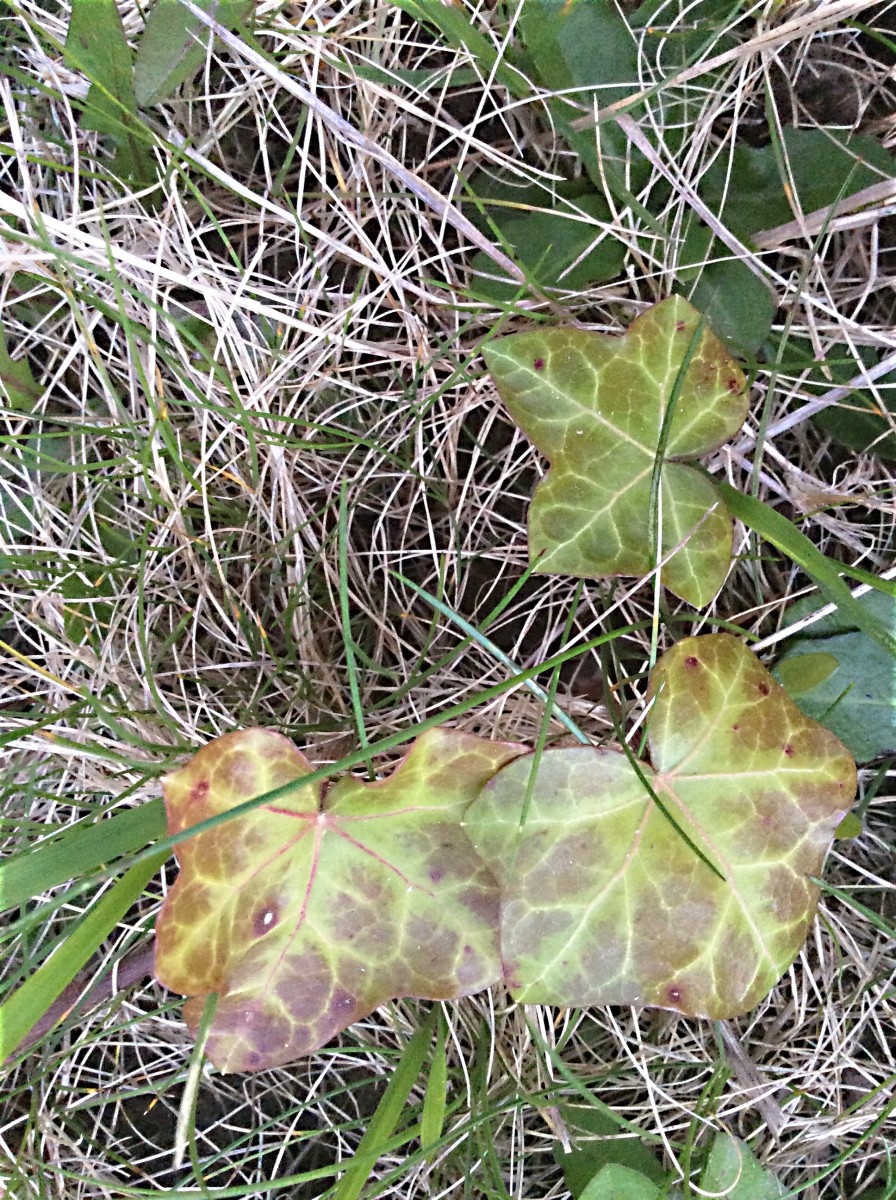
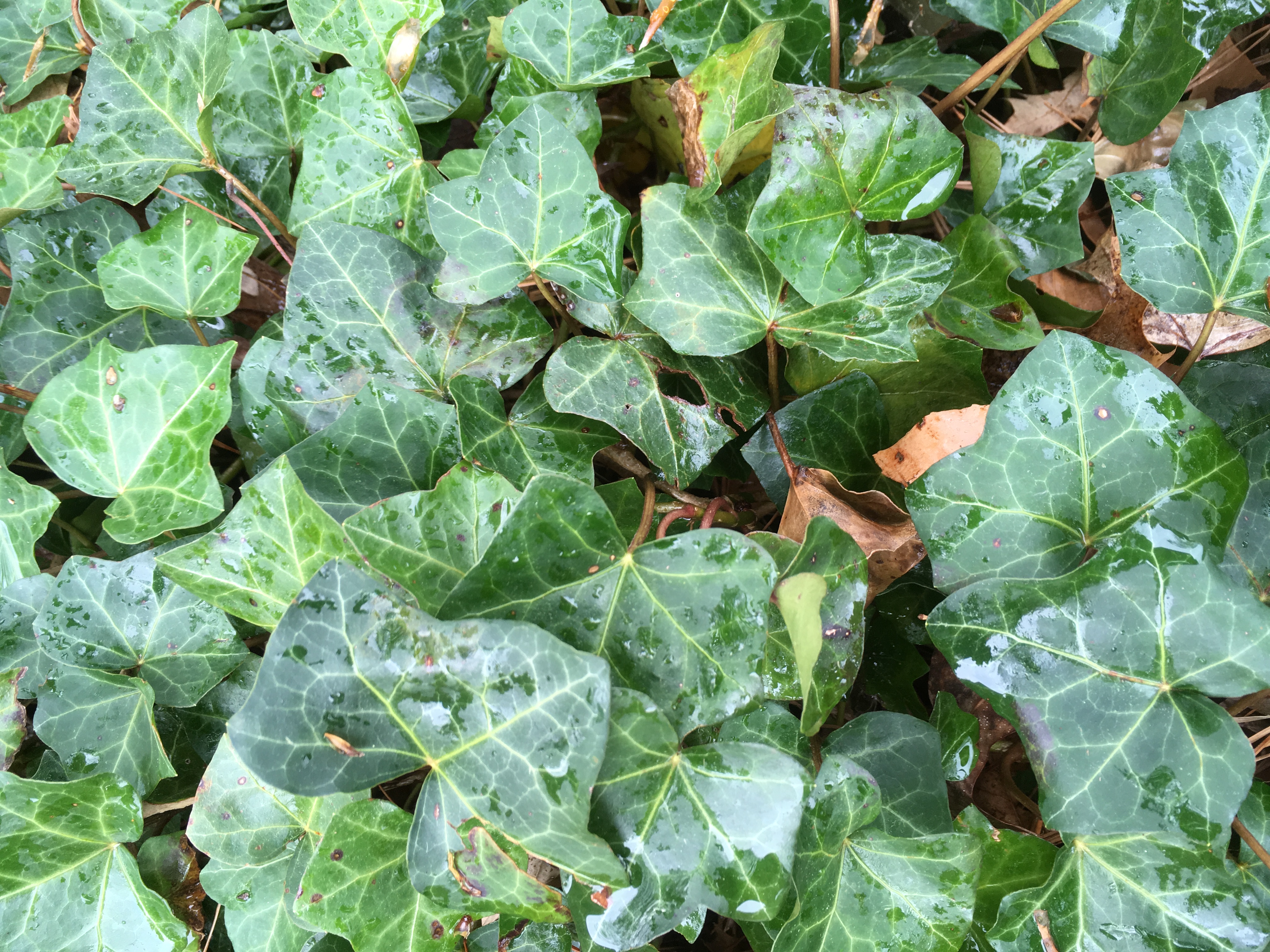


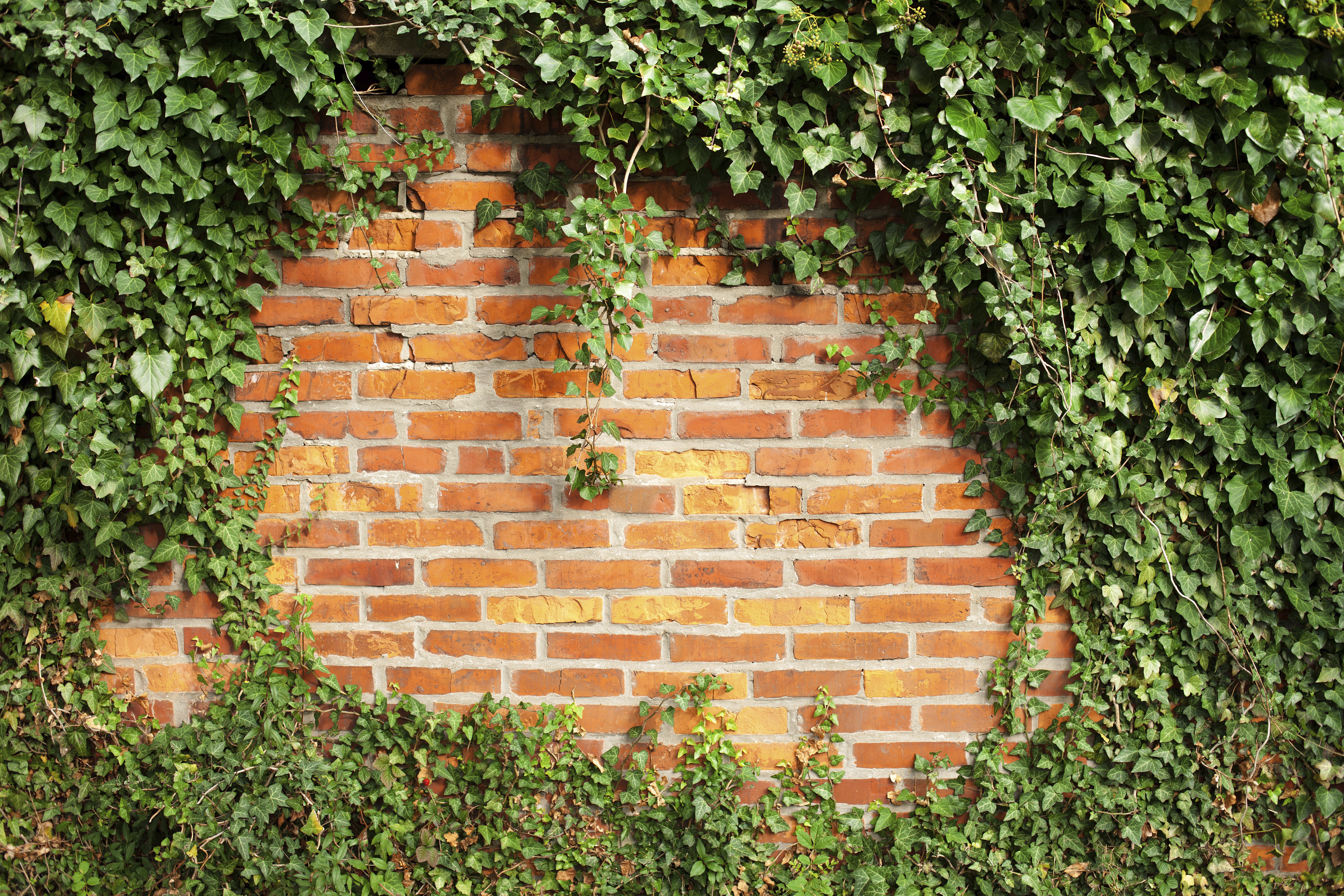



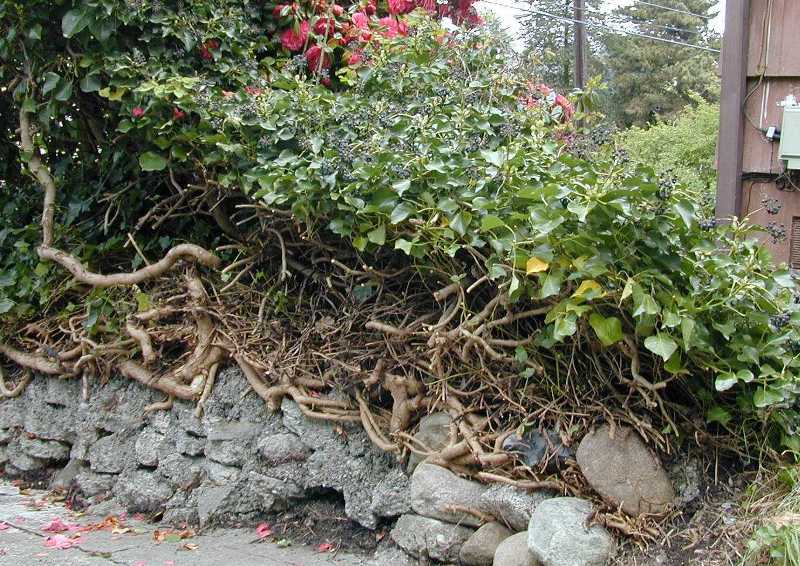
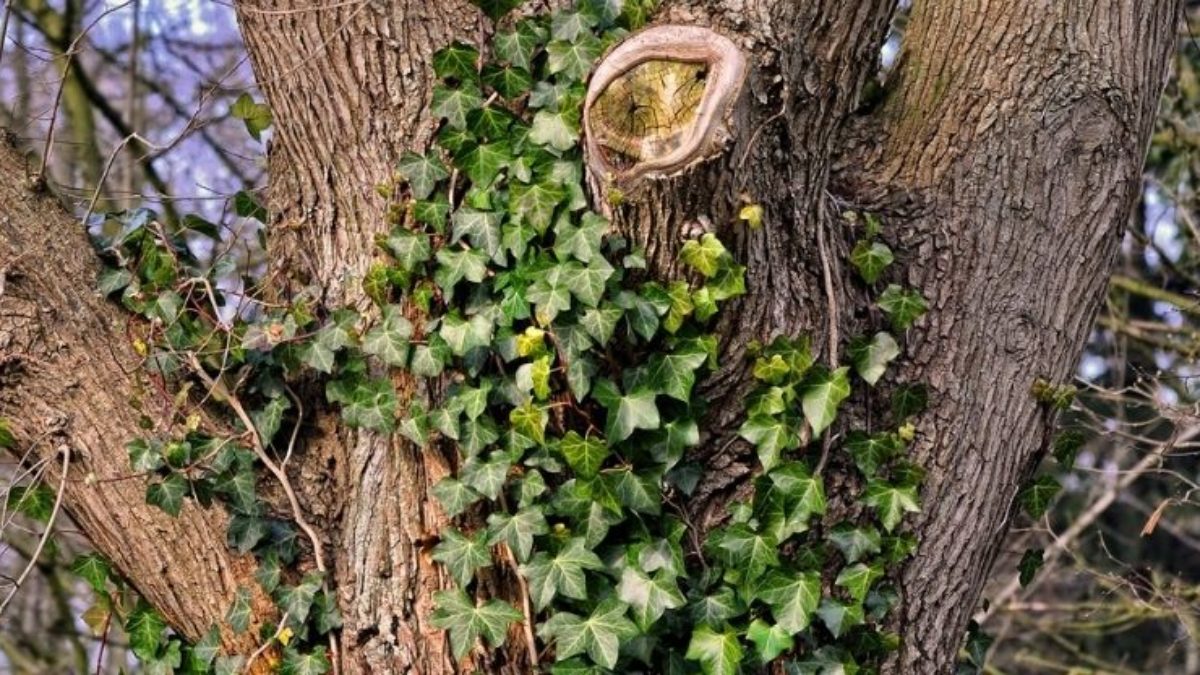
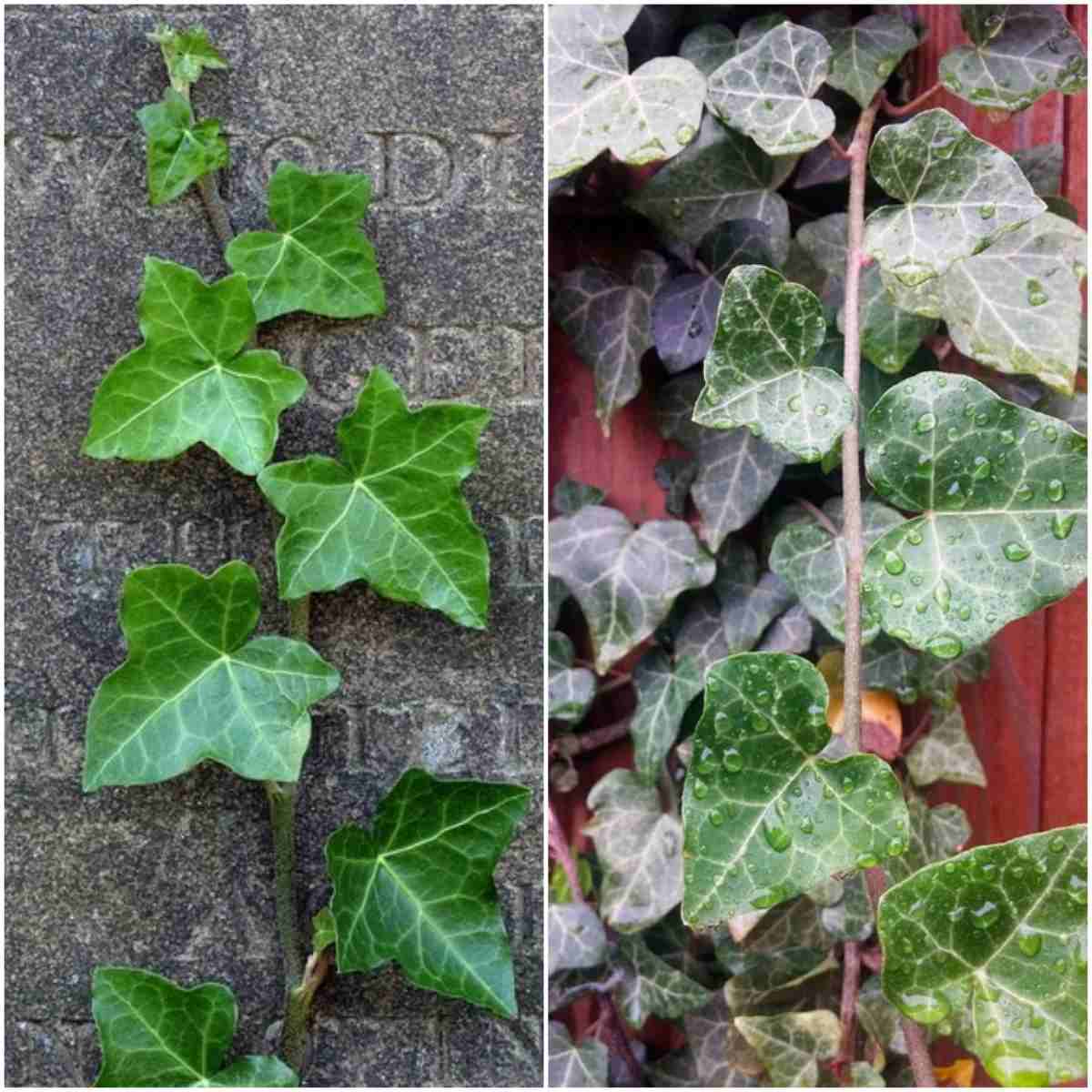

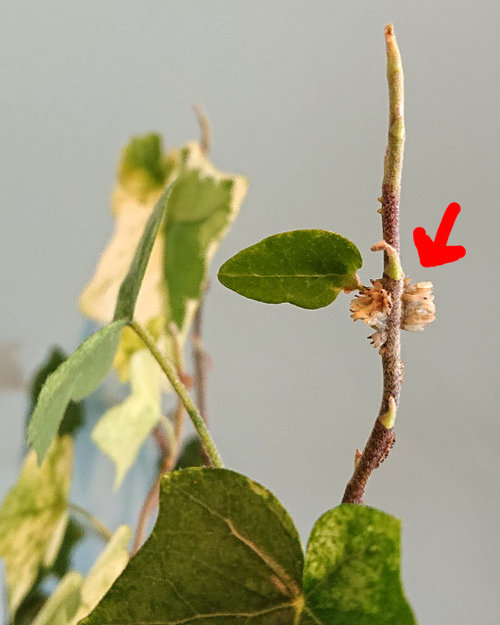
/english-ivy-plants-2132215-hero-03-0a8ee662826b418d86a5b6e08ee7a207.jpg)
.jpg)





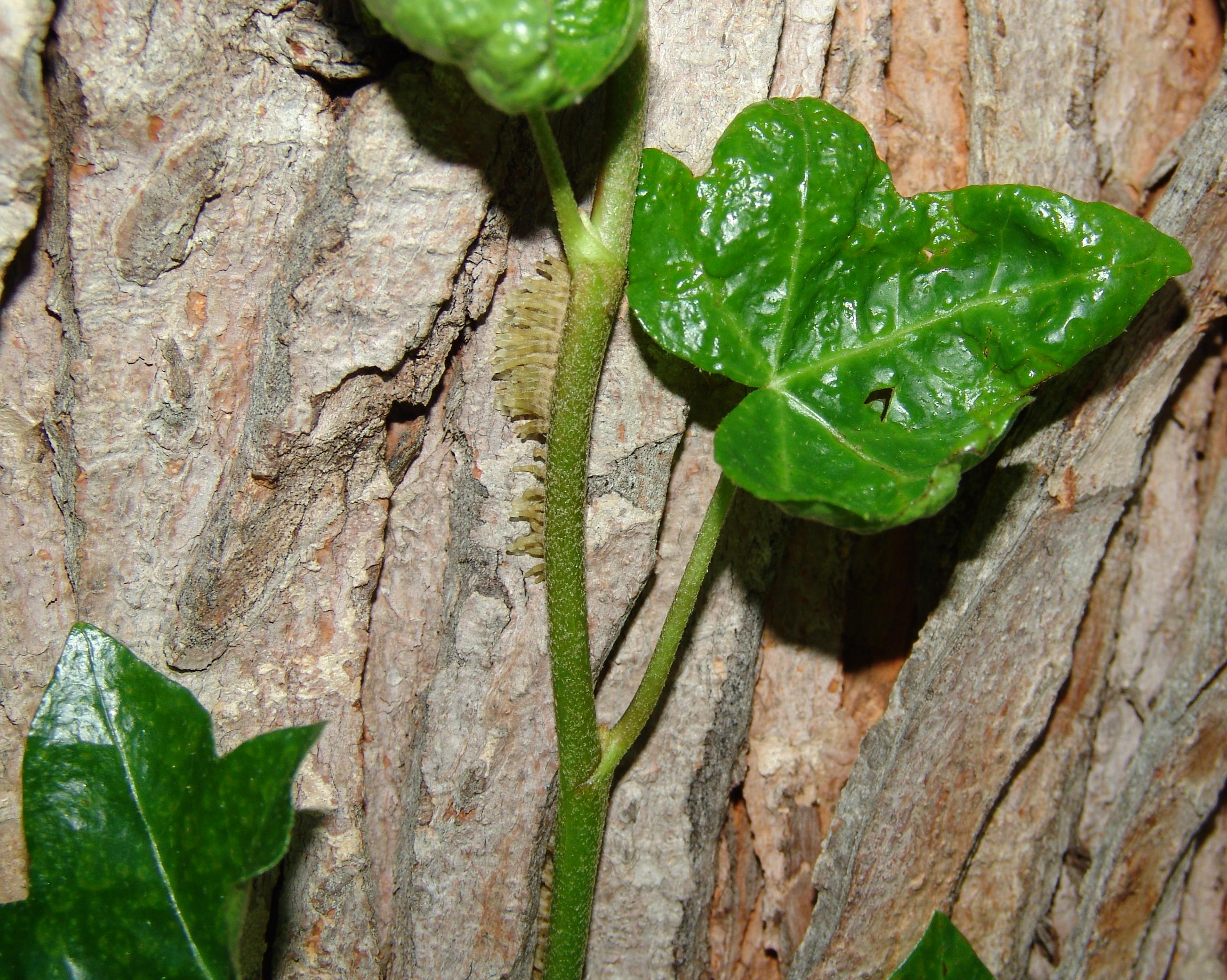
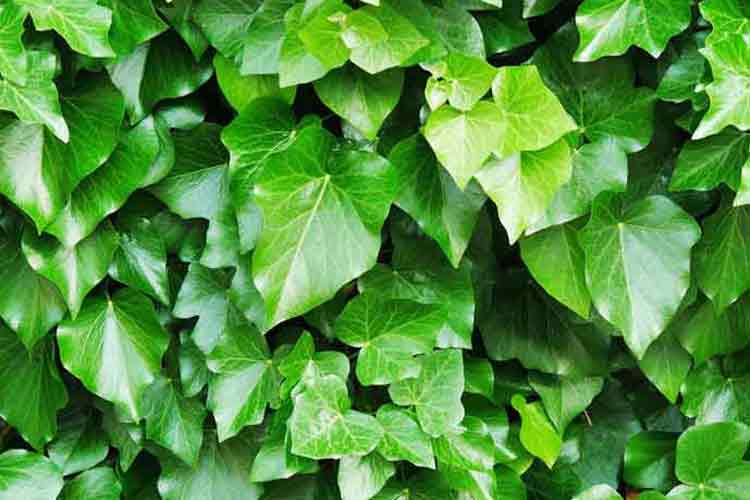
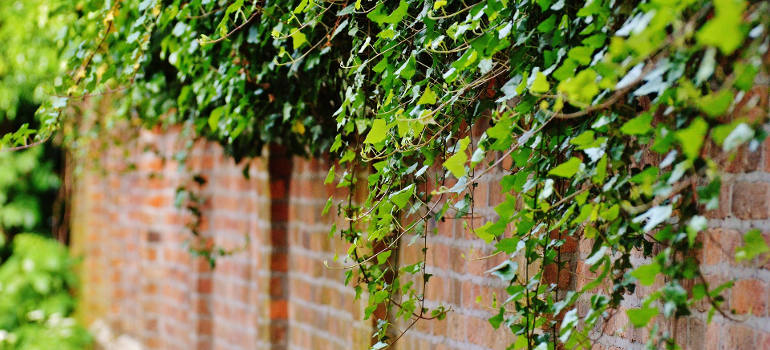
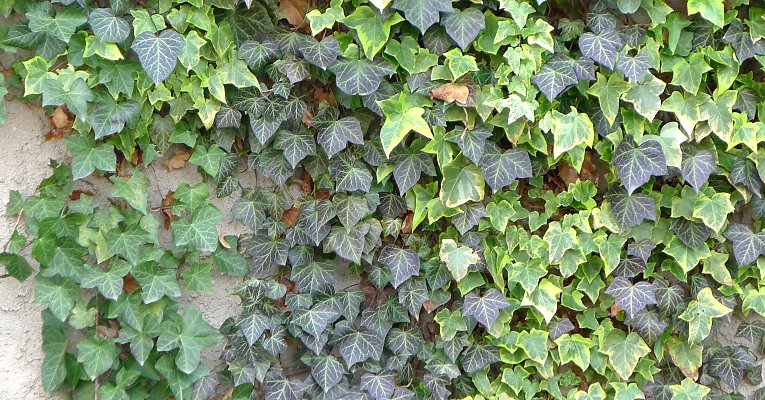


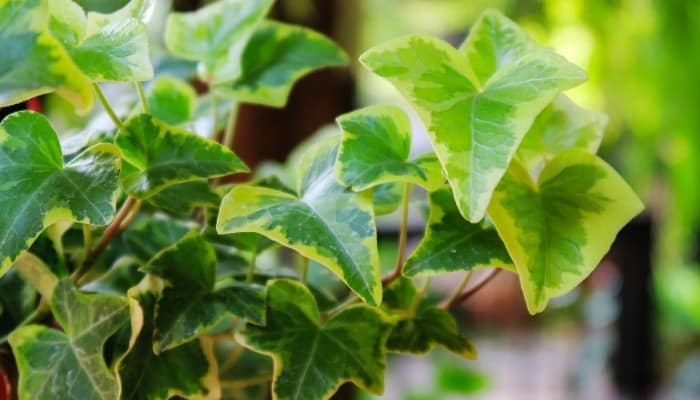


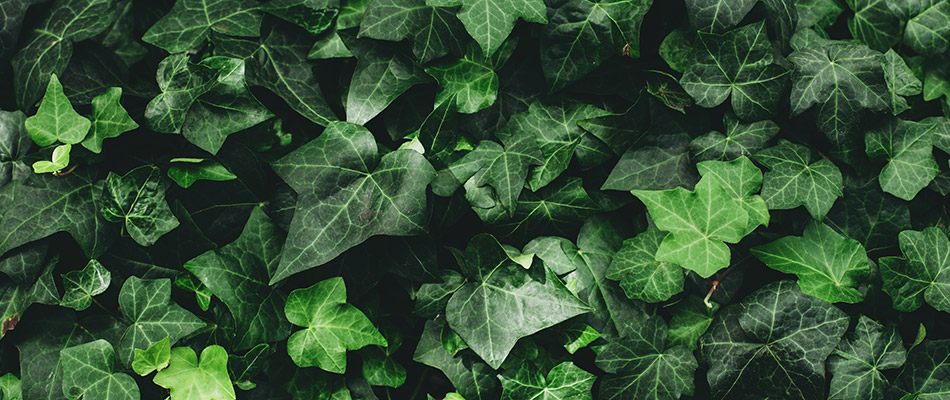

Post a Comment for "English Ivy Root System"